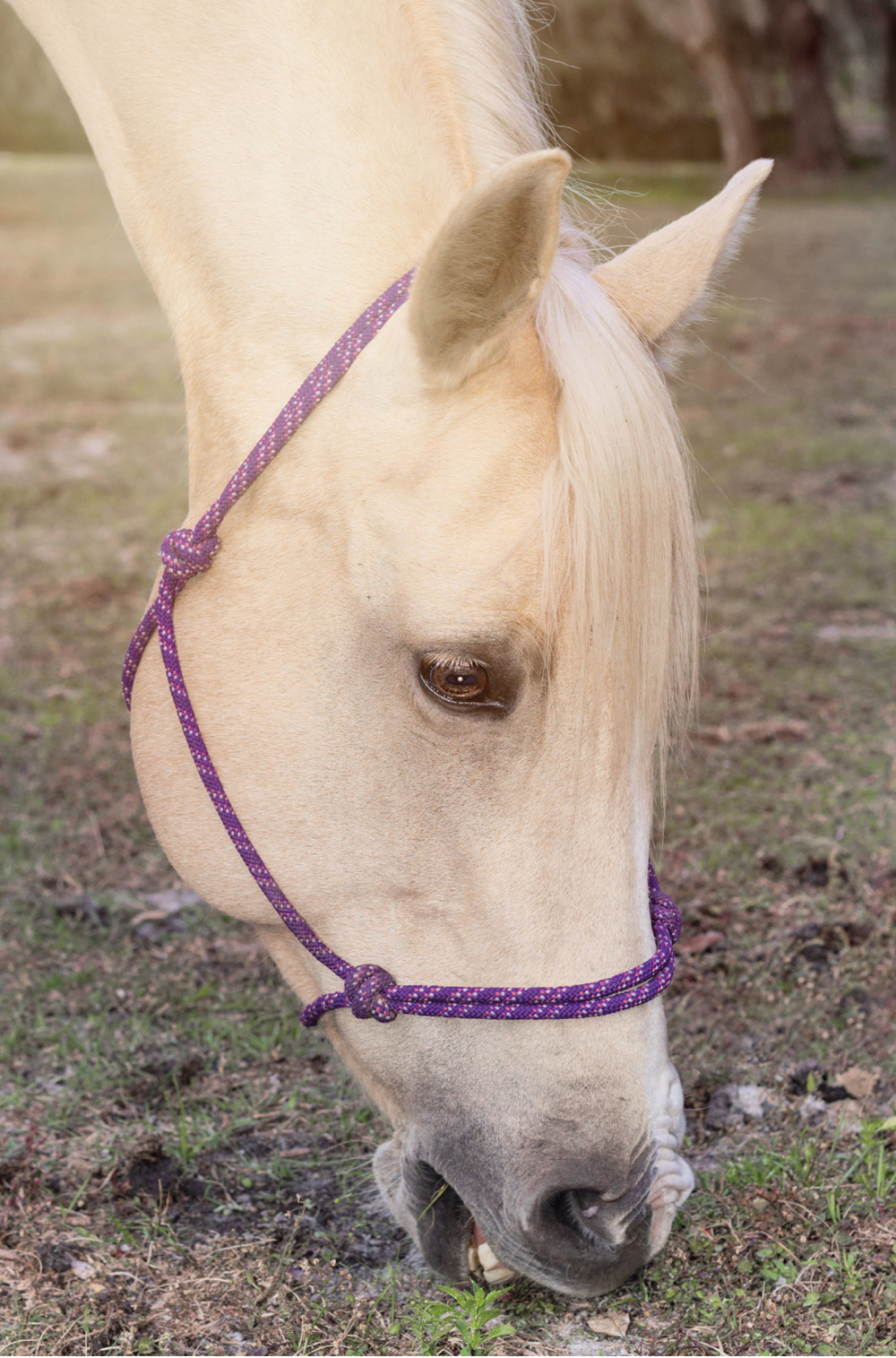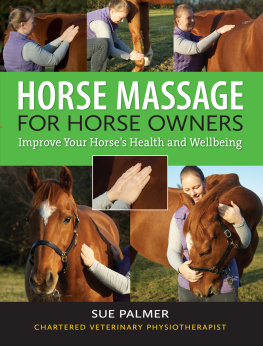

Copyright 2019 by Lainey Cullen-McConkey
All photos copyright Lainey Cullen-McConkey unless otherwise noted , Paws and Pals Pet Photography
All rights reserved. No part of this book may be reproduced in any manner without the express written consent of the publisher, except in the case of brief excerpts in critical reviews or articles. All inquiries should be addressed to Skyhorse Publishing, 307 West 36th Street, 11th Floor, New York, NY 10018.
Skyhorse Publishing books may be purchased in bulk at special discounts for sales promotion, corporate gifts, fund-raising, or educational purposes. Special editions can also be created to specifications. For details, contact the Special Sales Department, Skyhorse Publishing, 307 West 36th Street, 11th Floor, New York, NY 10018 or .
Skyhorse and Skyhorse Publishing are registered trademarks of Skyhorse Publishing, Inc., a Delaware corporation.
Visit our website at www.skyhorsepublishing.com.
10 9 8 7 6 5 4 3 2 1
Library of Congress Cataloging-in-Publication Data is available on file.
Cover design by Daniel Brount
Cover photograph by gettyimages
Print ISBN: 978-1-5107-4527-8
Ebook ISBN: 978-1-5107-4528-5
Printed in China
With thanks to the wonderful professionals and friends who kindly looked over this book and made helpful suggestions.
Your input and advice were greatly appreciated:
Anne Shaw
Janet Dallimore
Tara Hill
Diane Elyard
Ericca Hoffman
Susan Donaldson (MRCVS)
Dr. Fay O Herrero (DVM)
Dimitri Delgado, Delgado Prized Arabians
Any and all errors in this book are mine, not theirs!
Contents

About the Author

T HIS is always the hardest part to write.
About me. Well, I started riding when I was around fourteen, and very soon started helping out at the stables. This led to a more formal equine education as one of my first trainers told me she wanted me to start working on my stages. This was way back before the Internet, so I didnt even really know what that was, but stages were the formal British Horse Society examinations in horse care. I started to learn the intricacies of horses and their care, and Ive been learning that ever since.

Fast forward almost thirty years to now, and I own my own small boarding stable where I look after three horses of my own (a Quarter Horse, a Thoroughbred, and the Thoroughbreds son, an APHA colt we bred ourselves) as well as a number of boarded horses. I try to keep my equine knowledge current by keeping up on new research and participating in online seminars as well as the daily education provided by the horses under my care.
I am also owned by two dogs, four cats, three turtles, thirteen parakeets, ten chickens, and an unknown number of tropical fishes, and of course, my rock, my husband, who puts up with all my craziness.

Foreword

S O, youve decided to take the giant step of keeping your horse at home, on your own property. It can be as wonderful and idyllic as it sounds, but there are also a lot of things which need to be taken into consideration to make sure you (and your horses new home) are ready for this! Of course, if youve been a horse owner for a while, you may already be accustomed to many of the topics covered in this book, but it never hurts to have a reminder! Over the past few years, I have encountered a number of lovely people who have made the decision to keep their own horses at home with very little practical experience, and I have come to the conclusion that a book giving some sensible guidance may be useful for people in this situation. It is my hope that this book will offer some understanding and advice as you take the leap.
It is a daunting thought, that you will be wholly responsible for the health and wellbeing of a large animal like a horse, but always remember that even though horses can be subject to serious (and potentially expensive) problems, the vast majority of horses are remarkably easy to manage, provided you take care of the basics. This book isnt meant to be a textbook, but rather a handy guide from the viewpoint of a horse owner, trainer, and caretaker. Over the last thirty or so years I have learned an awful lot about the trials and tribulations of horse care, and I hope that this book will help you avoid some of the more common pitfalls and worries. The subjects covered here are certainly not exhaustive, so please do keep reading and researching as you go through your horse care journey. Think of this book as a sort of printed version of the helpful, more experienced person you encounter at most boarding barns.
Always keep this in mind: the only stupid question is the one you dont ask! Your vets/farriers etc. are there to take care of your horse, but theyre not mind readers. If you want to know something, ask them! Also, as an aside, please try to learn as much as possible, from books and practical experience or training, but also use some common sense. I once had a girl who wanted to come out and help at our facility, without any experience. I explained that I did not have the free time to train someone unless that training was part of a lesson program, and her response was Its okay, I dont need any training. I watch a TV show where they run a boarding barn, so I know what to do! Ahh... no. (I remember watching an old episode of a show called Renegade where one of the main characters said that a horse had died from colic, because they found evidence of that in the horses brain. Again, no!) While watching videos produced for training and education purposes certainly has a lot of value, you cannot assume that a TV show is going to give you accurate information.
Chapter 1

A Home Fit for a Horse
Because lets face it, theyre more important than kings!

T HE ideal home for a horse is, of course, free roaming over acres and acres of rolling pasture. This, however, is rarely possible, especially when you want to keep your horse at home. The proper home will also vary somewhat depending on the individual horse and their workload. A show horse, for example, couldnt reasonably live in the same place as a childs Shetland pony, since their needs (admittedly dictated by our desired activity) are quite different.
Ideally though, every horse should have access to daily turnout, for exercise but also for mental health. Horses are flight animals and being cooped up in even the nicest of stalls is stressful for them. The general rule of thumb for area required is about one to one and a half acres per horse.
Next page
















